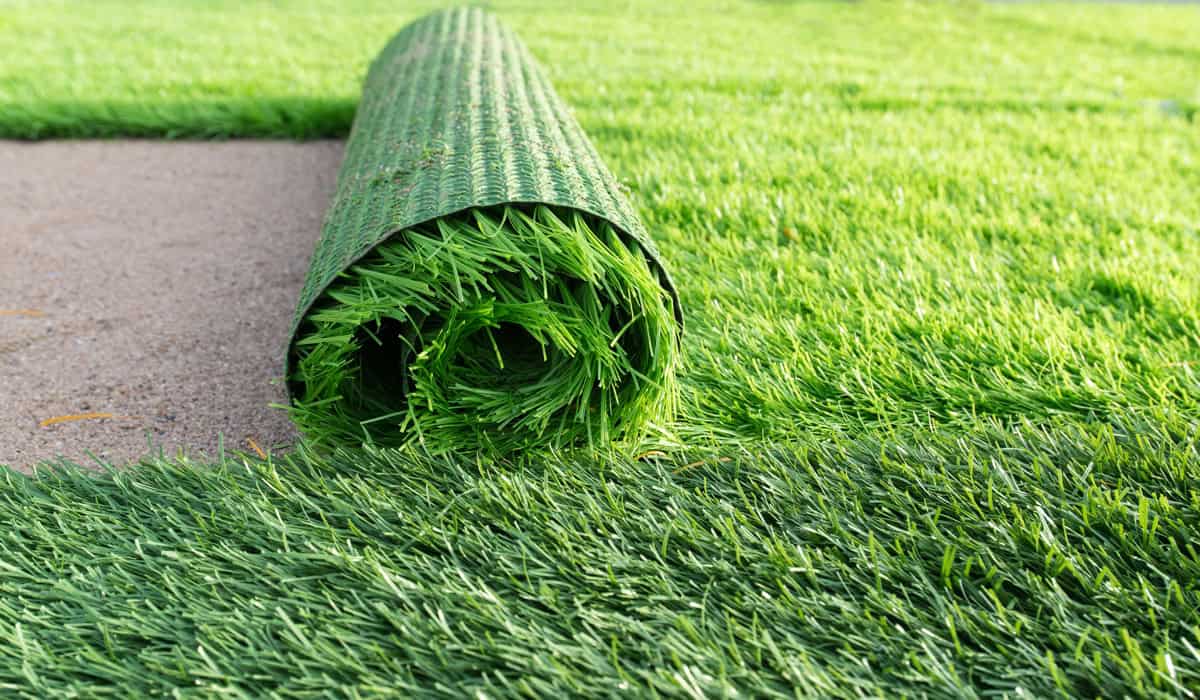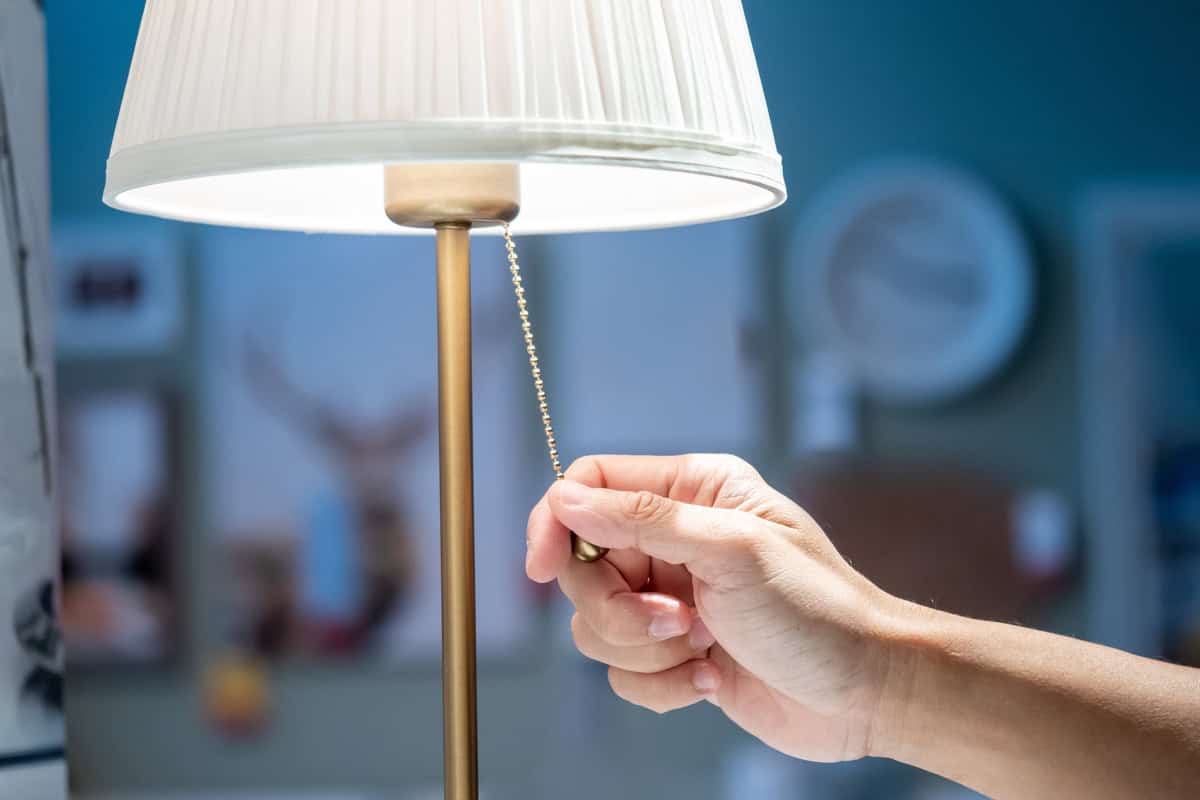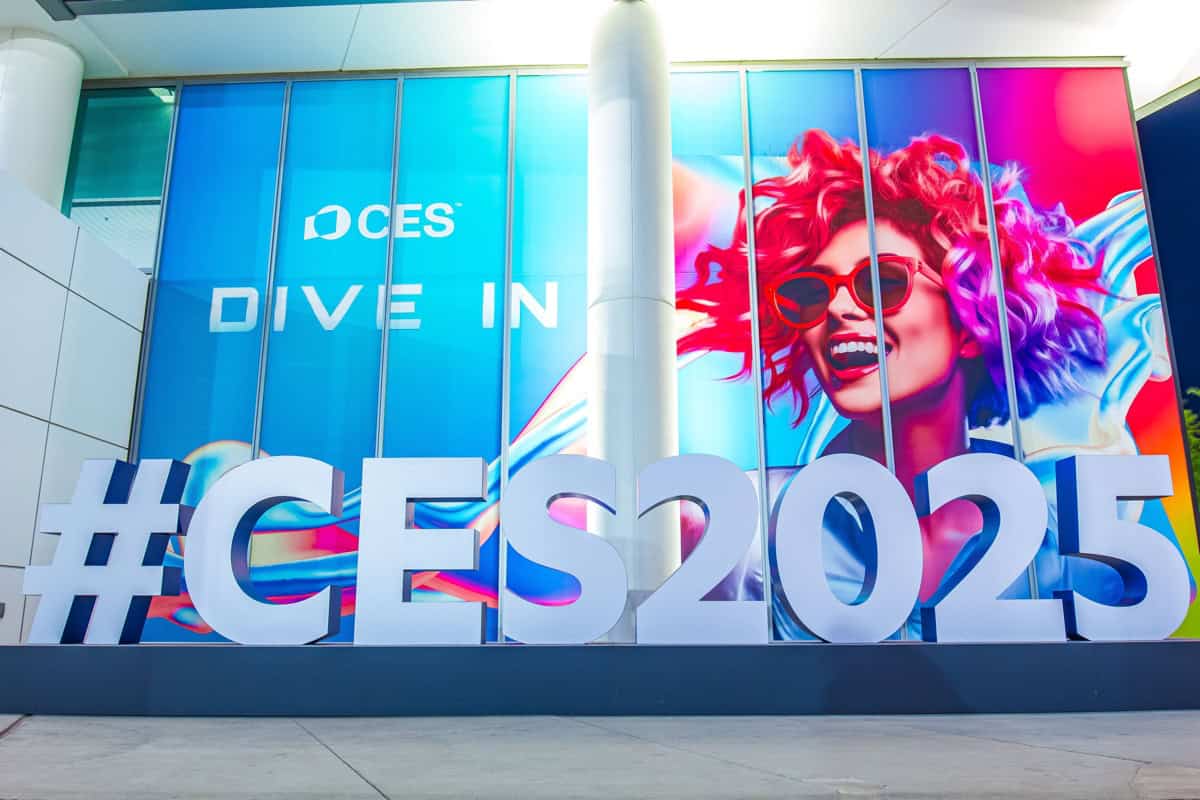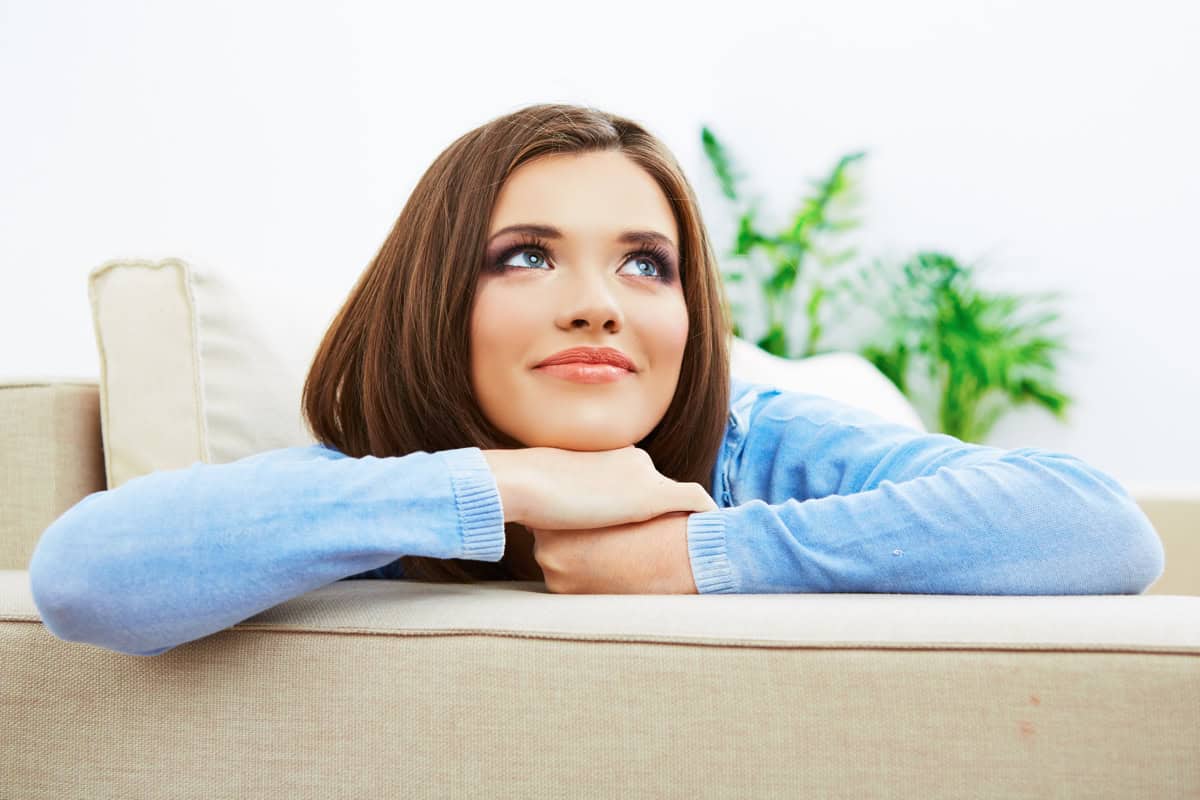In the lush landscapes of South Florida, homeowners often grapple with the decision of whether to opt for natural grass or artificial turf for their lawns. While each option has its distinct advantages and drawbacks, the choice ultimately depends on factors such as maintenance preferences, environmental considerations, and aesthetic priorities. Let’s delve into the pros and cons of using artificial grass specifically tailored for South Florida luxury homes.

Pros Of Artificial Grass:
1. Low Maintenance: One of the primary appeals of artificial grass is its minimal maintenance requirements. Unlike natural grass, which demands regular mowing, watering, and fertilizing, artificial turf remains consistently green and pristine with minimal upkeep
2. Drought Resistance: Artificial grass is inherently drought-resistant, making it a practical choice for regions prone to water scarcity or restrictions. In South Florida, where water conservation measures are often in place, homeowners may find artificial turf a sustainable alternative that reduces water usage without compromising on visual appeal.
3. Durability: High-quality artificial turf is designed to withstand heavy foot traffic, pet activities, and adverse weather conditions. In South Florida, where intense sunlight and occasional tropical storms are commonplace, artificial grass can maintain its vibrant appearance and structural integrity over time, offering long-term durability compared to natural grass.
4. Allergy-Friendly: For individuals sensitive to pollen or grass allergies, artificial turf provides a hypoallergenic alternative. It eliminates the risk of allergens commonly associated with natural grass, allowing residents to enjoy their outdoor spaces without respiratory concerns or allergic reactions.
Cons Of Artificial Grass:
1. Initial Cost: One of the significant drawbacks of artificial grass is its upfront cost, which includes materials, installation, and preparation of the subbase. While the initial investment can be substantial, it may offset long-term maintenance expenses associated with natural grass, such as irrigation, fertilization, and lawn care equipment.
2. Heat Retention: In South Florida’s warm climate, artificial turf can absorb and retain heat, potentially leading to elevated surface temperatures during peak sunlight hours. This heat retention may cause discomfort for barefoot activities or pets lounging on the turf. However, advancements in technology have led to the development of heat-reducing artificial grass varieties.
3. Environmental Impact: While artificial grass conserves water and reduces chemical usage associated with lawn maintenance, it raises environmental concerns related to its manufacturing process and disposal. Synthetic turf is typically made from non-biodegradable materials and may contribute to landfill waste at the end of its lifespan. Environmentally conscious homeowners may prefer natural grass or explore eco-friendly artificial turf options.
4. Aesthetics: While modern artificial grass mimics the appearance of natural grass remarkably well, some homeowners prefer the authenticity and texture of real turf. The visual appeal of natural grass, including variations in color, texture, and seasonal changes, adds a unique charm to outdoor spaces that artificial turf may not fully replicate.
The decision to use artificial grass for your South Florida luxury home involves weighing the benefits of low maintenance, water conservation, and durability against considerations such as initial cost, heat retention, environmental impact, and aesthetic preferences. Homeowners should evaluate their priorities, consult with landscaping professionals, and explore sustainable artificial turf options to make an informed choice that aligns with their lifestyle and values.





